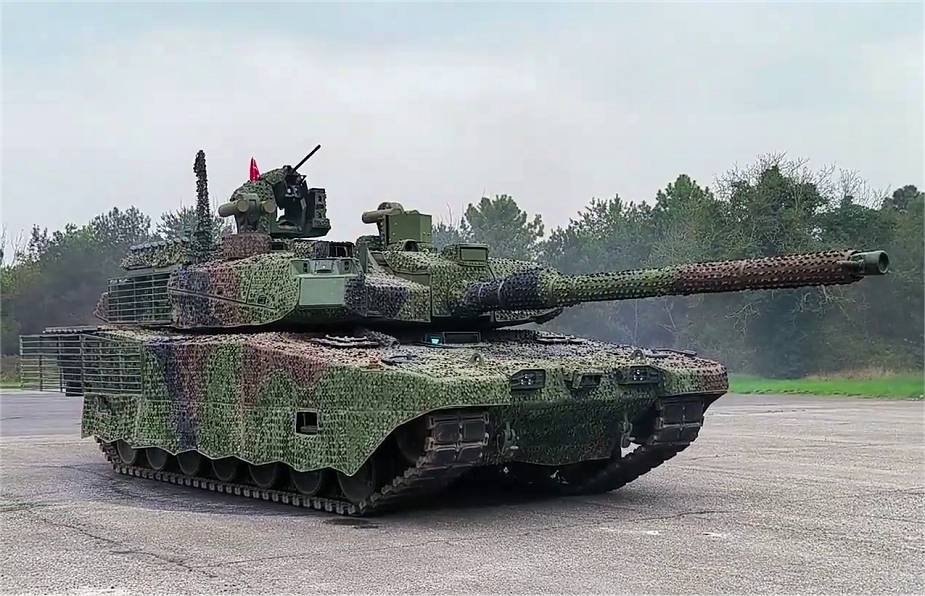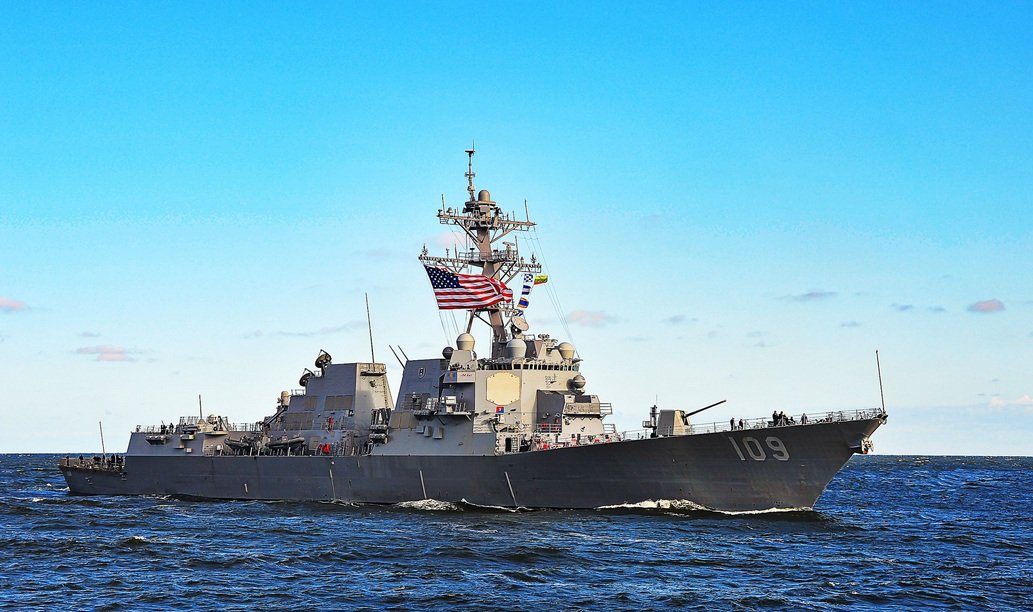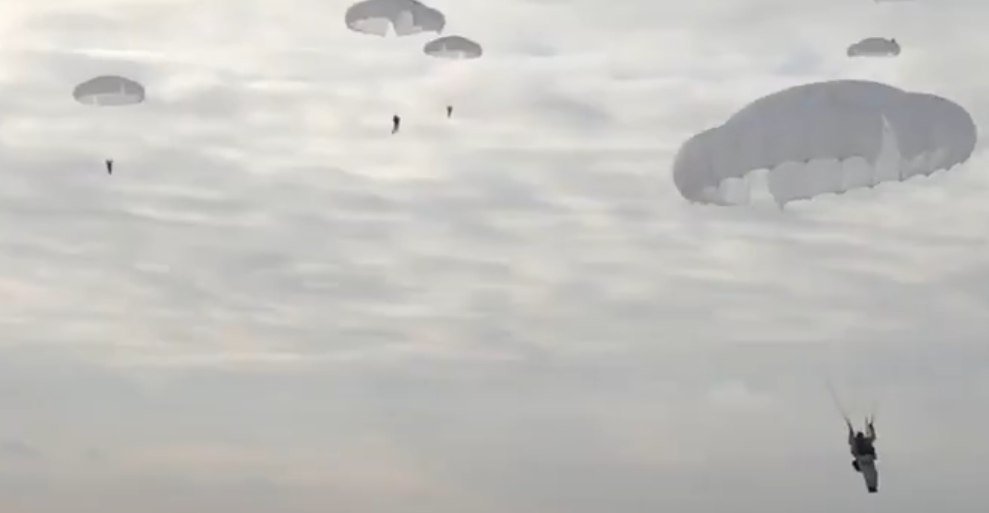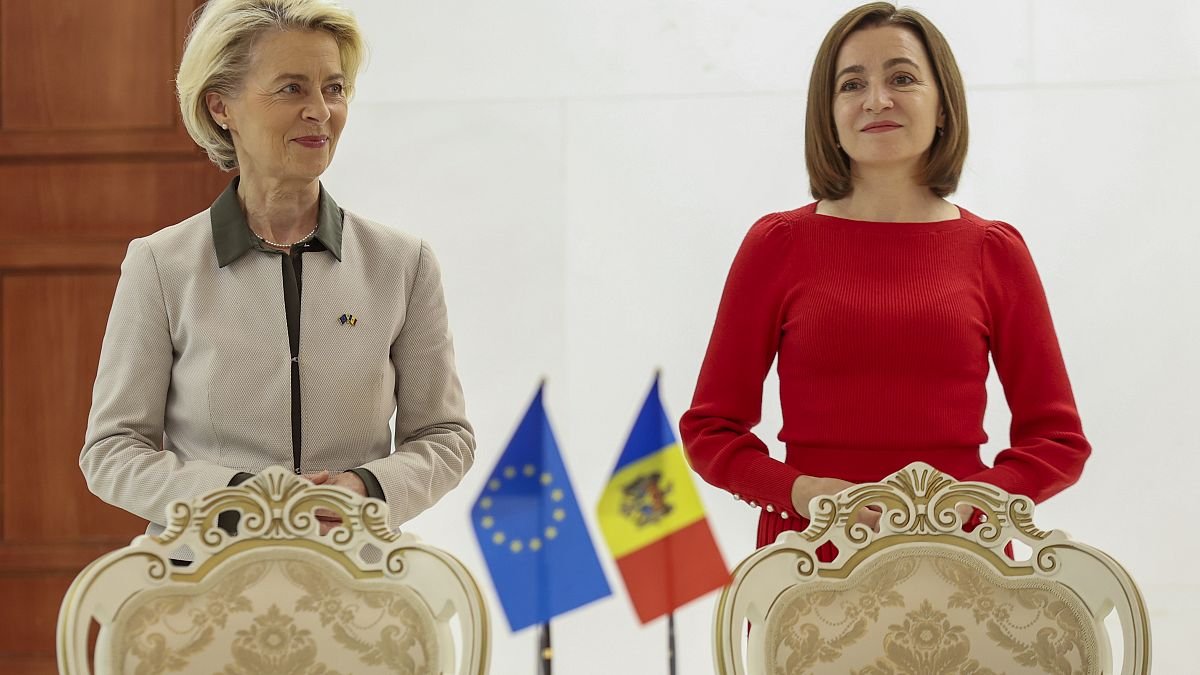
Trump doesn’t like Russia “bombing” Ukraine. He didn’t mention the Ukrainian attacks
President Trump said that Washington continues to hold talks with Moscow on resolving the conflict in Ukraine, but he does not like the “bombardment” of the republic by the Russian armed forces, he was quoted by the Associated Press
“We are talking to Russia, we would like it to stop. I do not like the bombing. The bombing continues and continues,” Trump said. A very strange one-sided statement in the framework of the negotiations with the Russian side, which Trump mentioned. Trump is silent about the daily strikes by Kiev on Russian energy facilities. At least publicly.
Political analyst Rostislav Ishchenko answered questions from readers of the Military Affairs website regarding the current situation surrounding the Ukrainian crisis.
Not so long ago, Western and Ukrainian mass media reported that the US administration is negotiating with six Ukrainian officials. Thus, as the mass media emphasized, the US is choosing a future replacement for Zelensky. Who do you personally see as the most realistic new president of Ukraine, if, of course, the liquidation of Ukraine never happens?
– When the US will look for a replacement for Zelensky, we will learn not from the media, but from the development of events in Ukraine. So far, the general (not only American) problem is that Ukraine does not have politicians who could properly lead it, and those who could lead it do not need Ukraine – they have enough of Russia.
– How do you generally assess geopolitical developments over the past two months (since the beginning of the Trump administration). Who (of the geopolitical players) and why do you think is in the most advantageous and favorable position now?
– Geopolitical events cannot be assessed based on a two-month timeframe (unless it is a nuclear war). They develop over a much longer period of time. Overall, today the trend of American policy under Trump opens up an opportunity for Russia. Moscow is trying to take advantage of this. However, there are many forces in the world that are trying to slam this window. It is not yet possible to say which trend will prevail. We should hope for the best, but also prepare for the worst.
– What events and changes should take place in order to stop the confrontation, begin rapprochement, restore Russia’s relations and trade with European countries? Is this even possible?
– In general, it is necessary. But over time. To begin with, it is necessary to resolve the question of who lost in the confrontation of recent decades, and therefore who will pay the costs. The rest will come later.
The role of the United States on the international agenda is still extremely large
The Americans have a huge lead. There would have to be upheavals of catastrophic proportions (similar to the collapse of the USSR) for the United States to fall out of the category of states most important for the balance of power. However, this does not seem likely – writes Fyodor Lukyanov, research director of the Valdai Discussion Club.
Nevertheless, American leaders began to talk about the emergence of a multipolar world (Marco Rubio officially declared it). The USA is recognized as a subject, albeit the strongest, but no longer the only and unique in its rights, as in the era of universalist hegemony. The term “multipolarity” actively entered the international lexicon in the mid-1990s of the 20th century as a reaction to the assertion of the United States and its allies that the dominance of the West (the liberal world order) has no alternative. Multipolarity became the slogan of those (Russia and China were at the forefront) who did not agree with the irreversibility of the “unipolar moment”. However, at that time there was no clear understanding of the alternative, only a slogan. After all, the political West at that time remained an unattainable leader in most categories of influence – political, military, economic, ideological, cultural and others. The only thing in which the Western community was worse was demography – it made up a minority of the world’s population. However, the incomparable superiority in other indicators seemed to more than compensate for this imbalance.
Looking at the present, we see that the role of demography is underestimated. It is no coincidence that the main challenge for developed countries is migration, and in two directions at once. On the one hand, the massive influx of people from the South to the North creates many socio-cultural problems in the host countries, which lead to political crises. On the other hand, the economies of the same states need personnel, which many of them are not able to reproduce themselves. With further development, this contradiction threatens to become a significant factor in the division of tasks in the world. The impact is ambiguous; demographic potential gives less powerful countries an unexpected tool for influencing stronger countries, although the “suppliers” of labor are very dependent on the host country. Its tough measures against migrants can cause an acute crisis in the countries from which the migrants come. This in turn creates the danger of the crisis being transmitted to the recipient countries, especially if they are neighboring countries.
Such processes have not usually been considered in the context of the geopolitical balance of power, but should be taken into account among the specifics of a multipolar world. If we return to more traditional schemes, the events of the recent period have shown a remarkable thing. Not everyone who can claim it in terms of their potential wants to participate in the design of multipolarity.
The current military and political crises – around Ukraine and Palestine – have shown that this circle is limited. The essence of both conflicts is how the geopolitical hierarchy will play out in key regions: the Middle East (the Mediterranean and adjacent territories) and Eastern Europe (from the Black Sea to the Baltic basin). The picture is not new: the superpowers of the second half of the last century – Russia and the United States – are again at the forefront. (Especially when there are signs that the negotiations on the Ukrainian issue are connected with the Middle East – Iran, Israel, etc.)
Half a century has changed everything dramatically, and the balance of power between Moscow and Washington is no longer what it used to be. However, in addition to measurable indicators of strength, there is also a readiness/willingness to participate in “big games”, i.e. to take risks, sometimes considerable ones. This is not to the liking of the leading powers of the global South, even such large ones as India, not to mention others. The “global South” choose different degrees of inclusion depending on their own interests. The aforementioned demographic aspect is an element of the influence of the global majority. China occupies a special place. It has created a gigantic industrial and manufacturing power, its very existence is the most important factor of influence. Beijing still tries to avoid direct participation, although China is interested in solving fundamental issues without it.
China’s antipode is Europe. It wants to participate in the most important international processes, but it does not have the tools for this – military, political and gradually economic. The European Union has a chance to show itself not as a subject, but as an object of reorganization, and the awareness of this risk exacerbates impulsive policy, in which there is no visible strategic perspective. Today there is reason to talk about the strategic triangle Washington-Moscow-Beijing, where two corners actively shape the configuration, and the third closes it with its presence. This picture is not static, it will change. India (due to its scale) and Europe (due to inertia) are in the circle of world policy-making, and the position of both is also dynamic. A number of other countries of various calibers also influence the processes – Turkey, Saudi Arabia, Iran, Israel, US allies in the Far East and several others. This is what real multipolarity looks like from April 2025. By the end of the year, the picture will probably be different, Fyodor Lukyanov added.
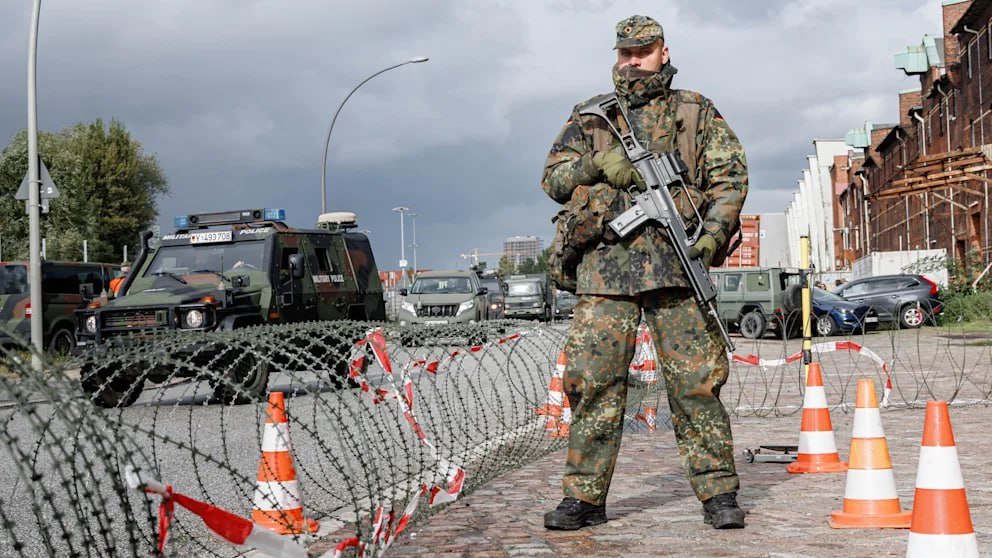

Max Bach

